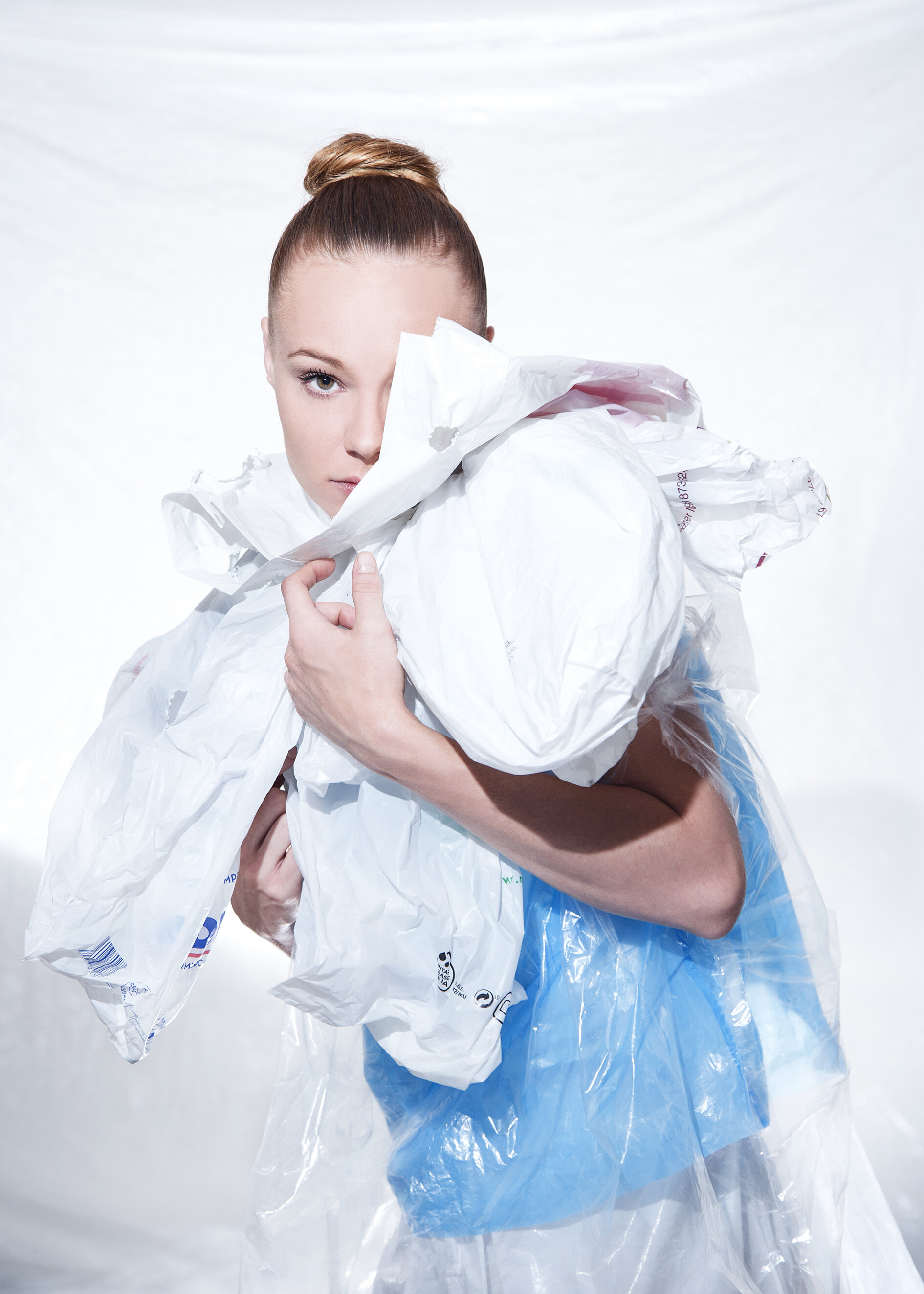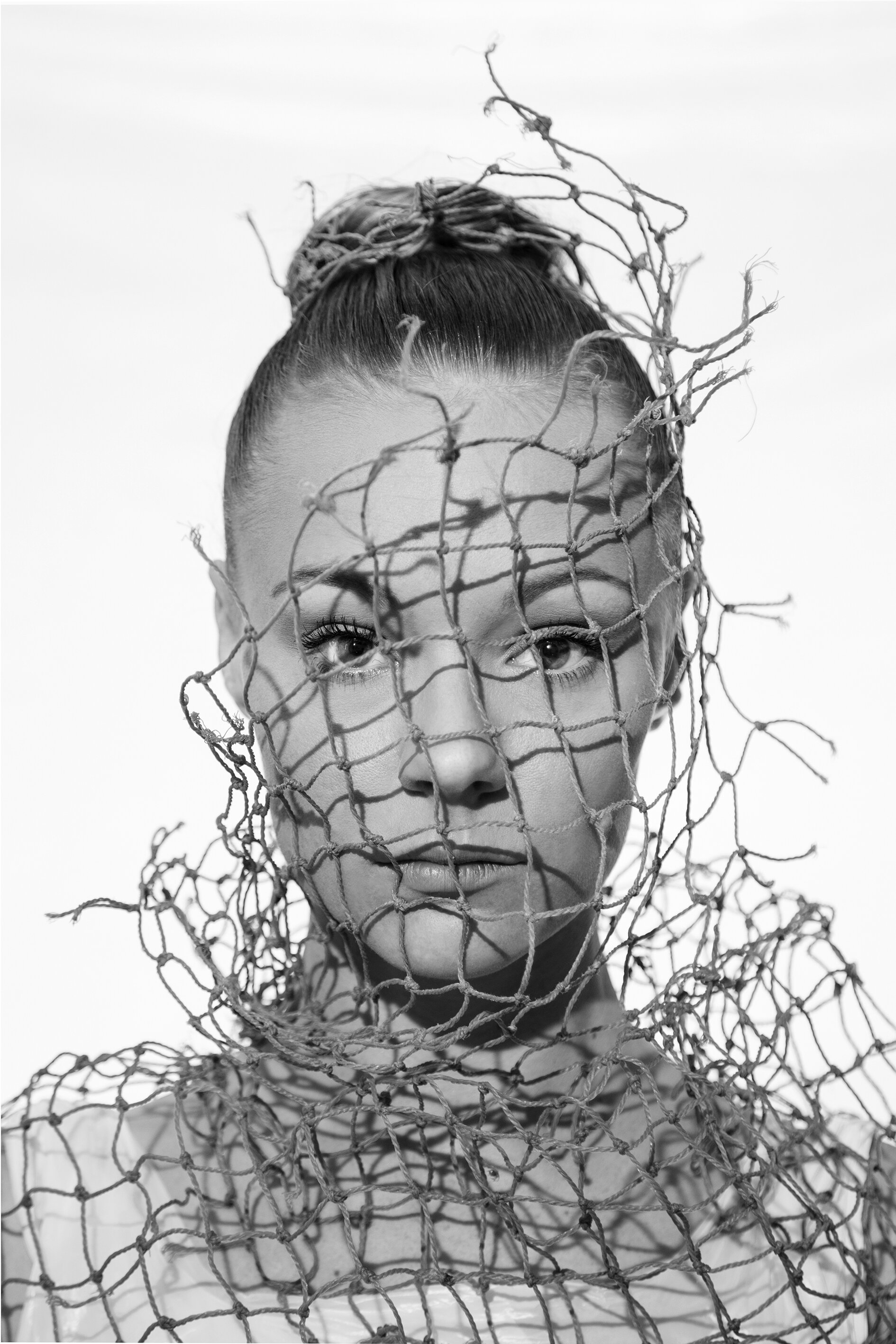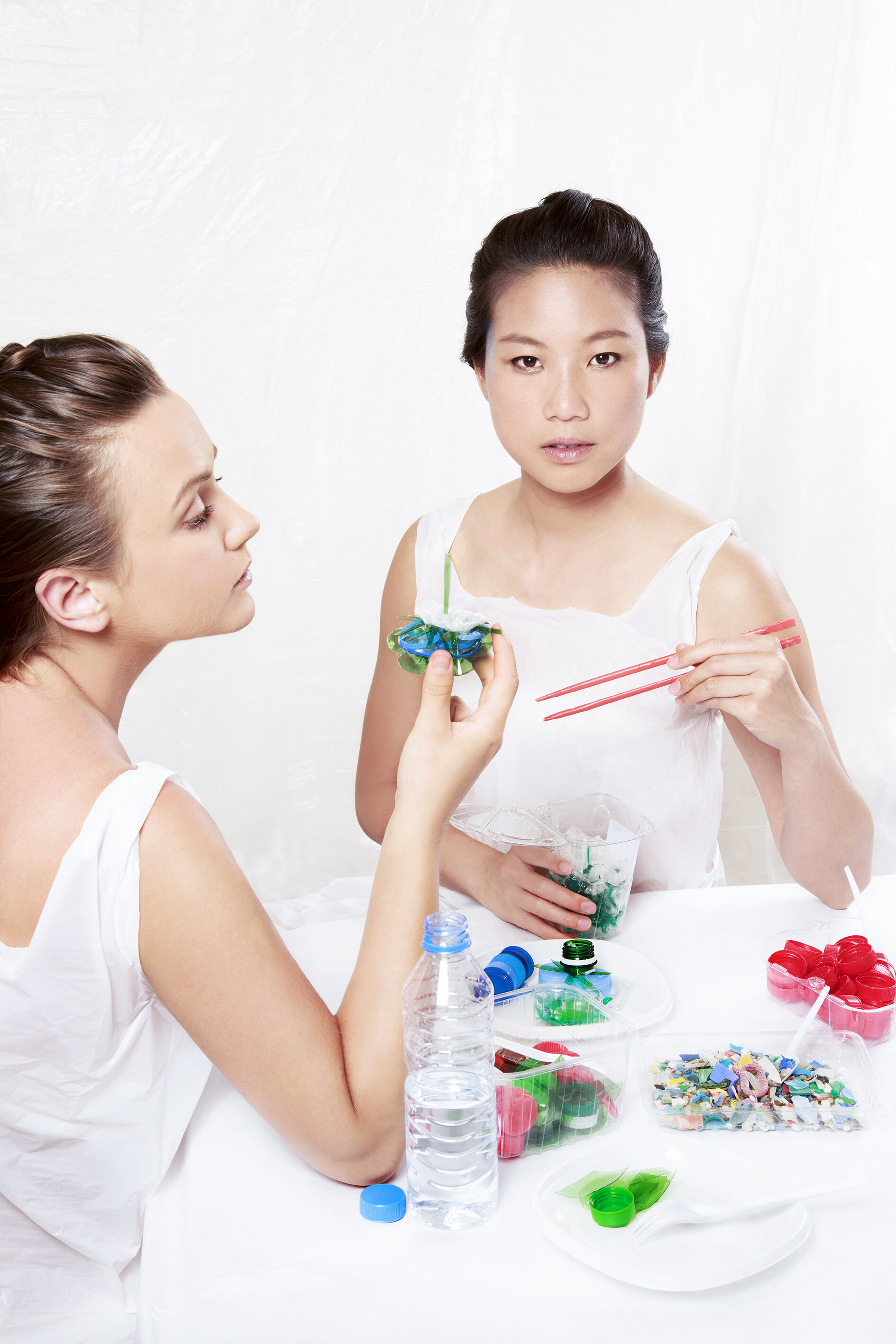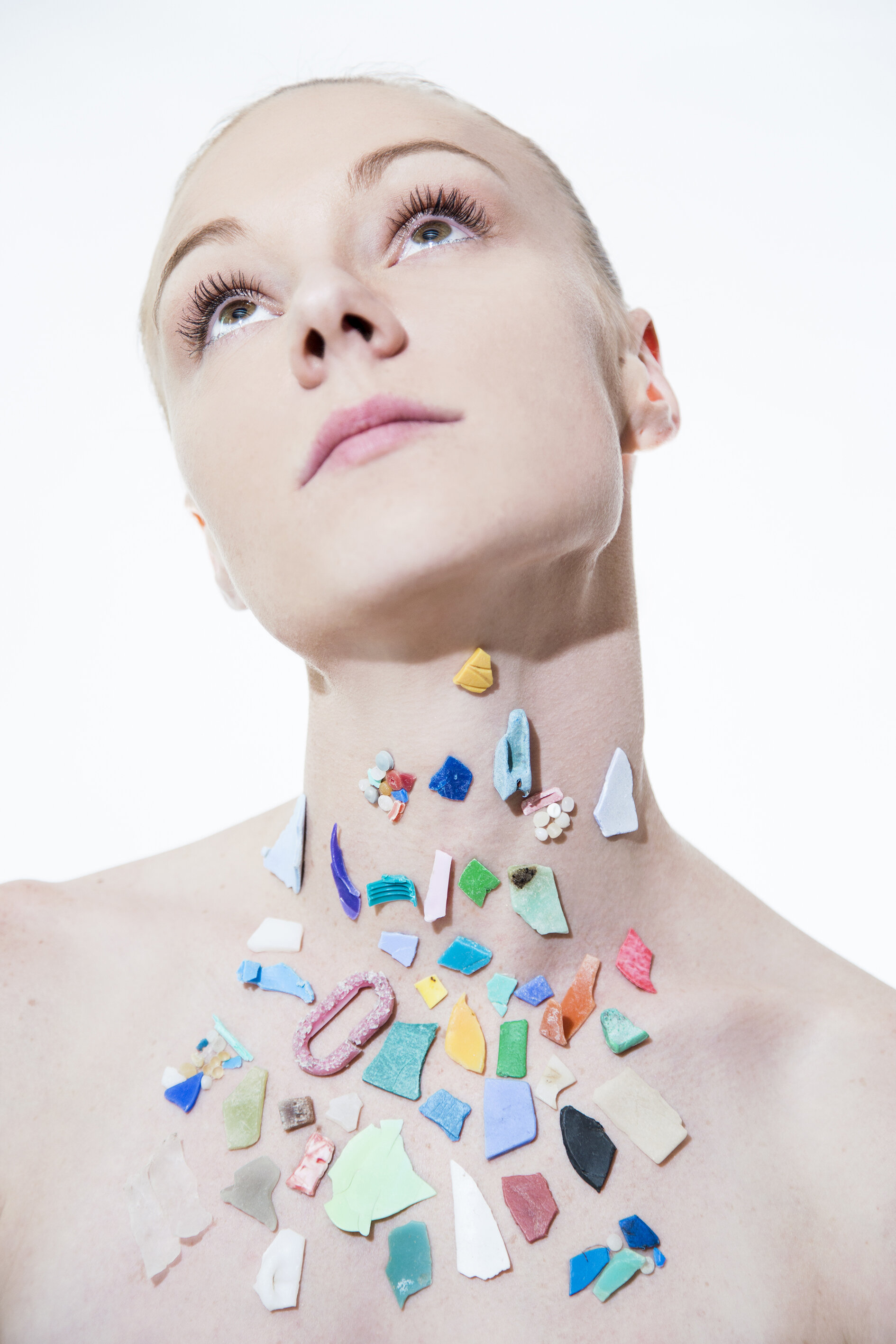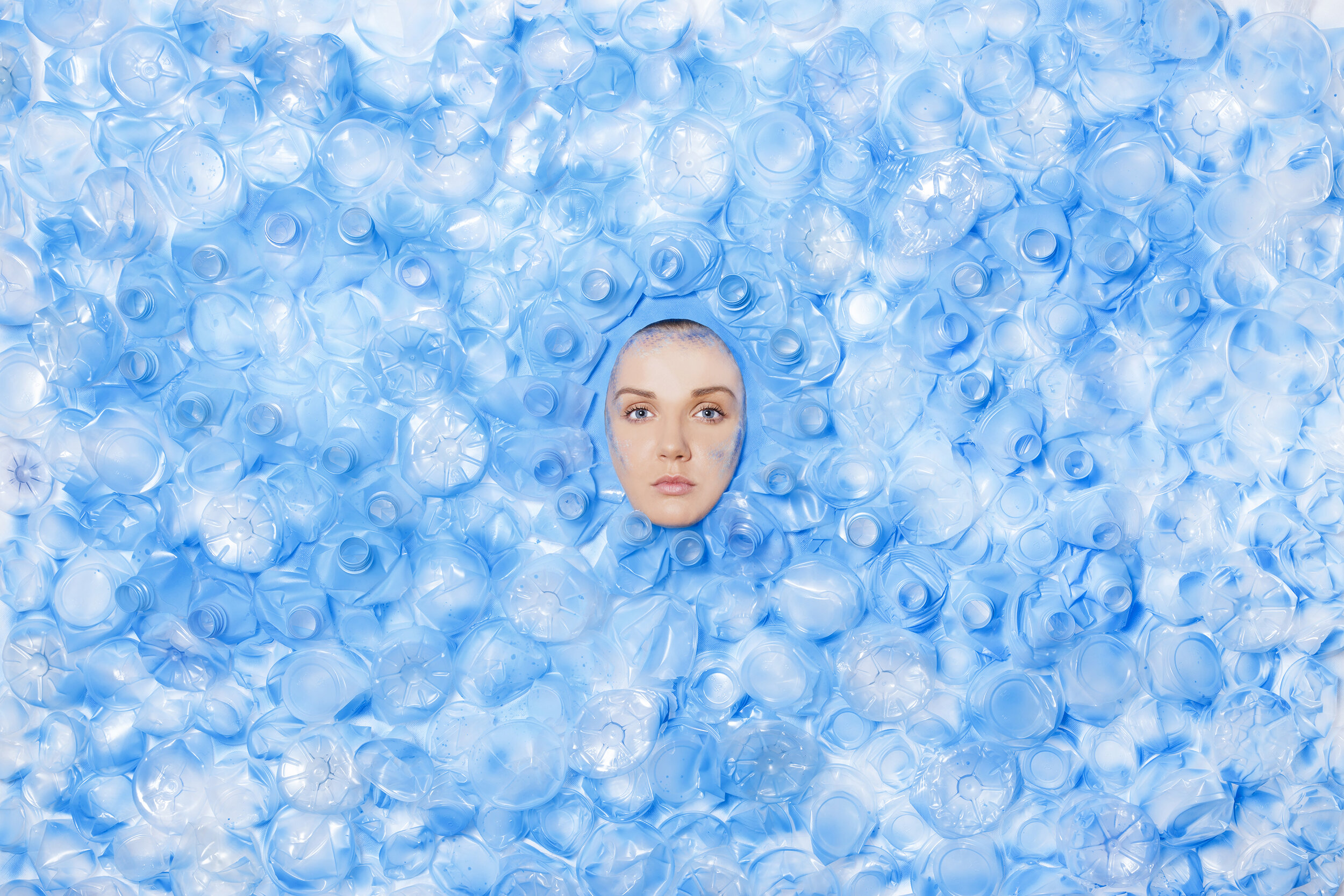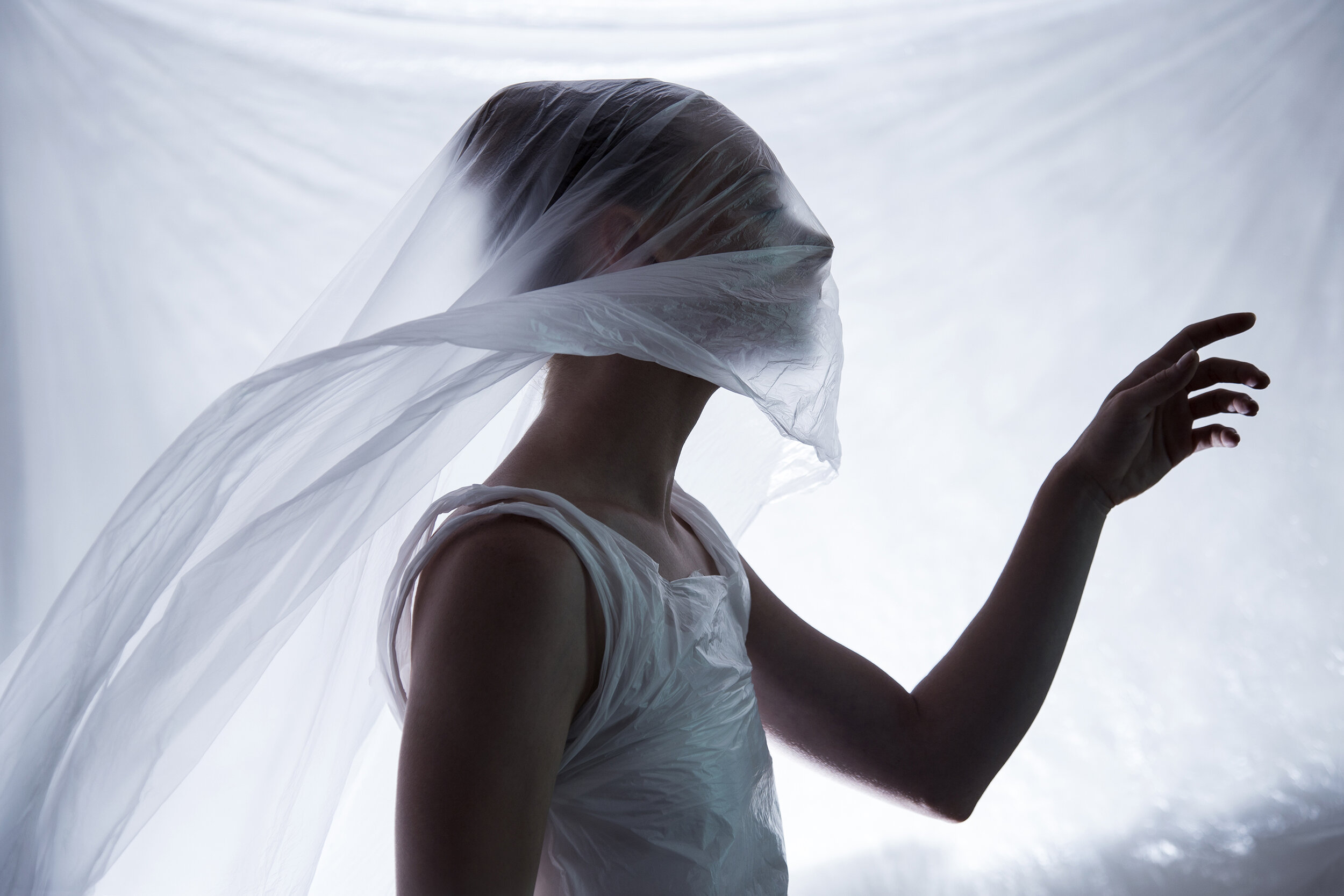The Art of Plastic Pollution
Mae Dorricott
The quote below is a favourite, from one of my favourites. It tells it like it is. We all have our specialities and specific skills. Sometimes, world issues may seem too big for an individual to make a difference, but that’s not true. To make an impact, hone in on what you know and use it to spread messages that are important to you. In this short and sweet interview, Anna Panic - artist, photographer and plastic campaigner - does just that. She tells us what inspired her and what she believes art can do to raise awareness about plastic pollution.
“Look in the mirror, consider your talents, and think about how you might use them to make a difference. Some have artistic skills, others are good with numbers or have a way with words. Everyone has power to make a difference as an individual, or by joining the company of others who share a common goal. The key is in knowing that what you do matters...”
Dr. Sylvia Earle
One of your recent projects, Conscious - The Art of Plastic Pollution, focuses upon our use of plastic. What inspired you to create this series?
The impact of plastic pollution is getting out of the hand, and even if there are movements against it, every extra movement brings only positive results. I wanted to be the part of the movement and raise awareness myself. The major concern that bothers me the most is that our precious Earth is being contaminated every single day, and I thought if a care about our planet, I should take steps towards being part of an anti-plastic movement. I decided to dedicate my art skills to a project expressing the magnitude of plastic contamination.
The purpose of the collection is to raise awareness of plastic pollution - how did you create your images to connote such a message?
Once I decided that I would dedicate the project to raising awareness of plastic pollution, I started researching the facts and the real numbers of its impact. Through researching, the ideas for the images came to my mind and through careful planning I designed my project. For the pictures, I used plastic collected from beaches. By doing this I was able to be part of the clean-up, and it connected the images with the real issue on the ground.
Art is such a useful tool to engage people in conversation about such an issue... do you believe will stimulate behaviour change as well as raising awareness?
Yes, I do believe that art can stimulate behaviour change. When the impact of plastic contamination is represented visually, the observer is faced with the issue directly. This might influence a mindset shift and make the viewer more aware when making the choices in the future. Visual art is a powerful tool as if the piece of art impacts observers mind, it will stay in the memory and will be brought to the consciousness once faced with the possibility of avoiding plastic.
Which is your favourite image from the collection and why?
My favourite piece of the project is “The Mother”. This piece represents what can arise by all the wrong, unaware choices made by humans. “The Mother” holding a plastic baby has a deep meaning for me as it shows the consequences resulting from plastic pollution. It represents the worst outcome of the contamination.
The Mother. Photo: Anna Panic.
If you’ve enjoyed this interview with Anna, you can follow her here @panic_anna, and if you’d like to see more of her Conscious Collection or other artwork, click here.
Want to be interviewed by us? Check out our ‘Get Involved’ section.

